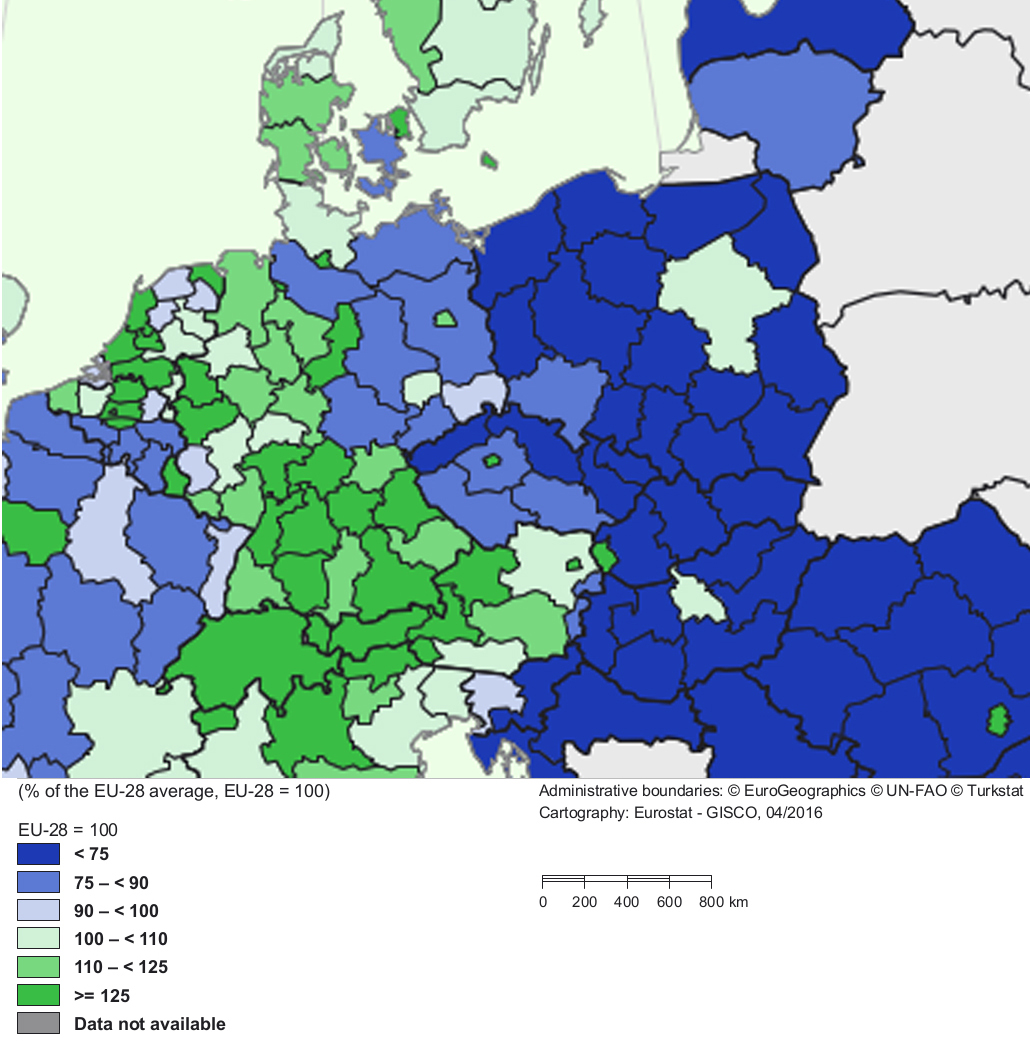The scientific goal detailing the research issue related to the specific project includes the methodology and the cognitive aspect.
The methodological goal of the project is to develop a model arrangement of the factors underlying social and economic growth in less developed regions (NUTS 2 with per capita GDP <75% than the EU average) in the context of the indicated new challenges to the regional policy by means of mathematical and statistical methods as well as spatial econometrics, having taken into consideration the research achievements related to less developed regions.
This goal includes the following detailed goals:
-
Ex-ante identification of the model arrangement of factors of social and economic growth (MG1).
-
Employment of the Mixed-Methods Research methodological approach in order to verify the ex-ante adopted model arrangement of factors of social and economic growth, having taken into consideration the specificity of less developed regions (MG2).
-
Ex-post development of a multi-variant model arrangement of factors of social and economic growth resulting from the forecasted impact of these factors in the context of the new challenges to the regional policy (MG3).
PKB per capita in EU regions (NUTS 2)

Źródło: Eurostat
The cognitive goal of the project is to identify and empirically verify the factors of social and economic growth in less developed regions in the context of the new challenges to the regional policy.
This goal includes the following detailed goals:
-
Identification and typology of the multi-dimensional diversification of the social and economic growth in EU regions (NUTS 2) conditioning their economic, social and territorial cohesion (CG1).
-
Identification of the specificity of the factors of social and economic growth in EU regions (NUTS2) of diversified degree of development (more developed regions – transition regions – less developed regions) (CG2).
-
Identification of the developmental diversities in Poland’s regional and intra- regional system aimed at testing the adopted model arrangement of the factors of social and economic growth in the context of the specificity of Poland’s less developed regions including their intra-regional diversity (CG3).
-
Identification of the impact of the new challenges to the regional policy on the factors of social and economic growth in less developed regions illustrated with the example of Wielkopolska (CG4).
-
Drawing up a multi-variant forecast of the impact of the factors of social and economic growth in less developed regions illustrated with the example of Wielkopolska (CG5).
-
Putting forward recommendations in the realm of channelling intervention complying with the optimum model system of the factors of social and economic growth in a less developed region bearing in mind the new challenges of the regional policy and the idiosyncrasy of the Polish growth conditioning (CG6).
The research hypotheses:
- The system of significant factors of social and economic growth in less developed regions is very different from a system of this type of factors in more developed regions (H1).
- The assumptions of the place-based approach are taken into account at the stage of programming the regional policy but are not held at the implementation stage (H2).
- Less developed regions entering the path of a rapid economic growth, witness processes of growth dissemination which processes limit growth divergence in the intra-regional system (H3).
- The processes of growth dissemination tend to be more intense in areas enjoying the highest level of infrastructure (H4).
- The institutional conditioning affects the factors of social and economic growth to a lesser degree in less developed regions (H5).
- The conditions of the global crisis significantly change the impact of the factors of social and economic growth, verifying their importance in affecting the resilience of less developed regions (H6).
- In Poland, the developmental intervention aimed at creating and supporting growth factors tends to vary from one region to another in line with the social and economic situation in the specific regions; the situation results from the regions’ specificity including spatial heterogeneity (H7).


